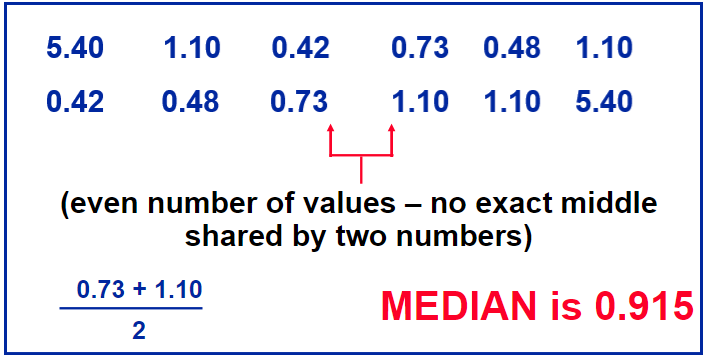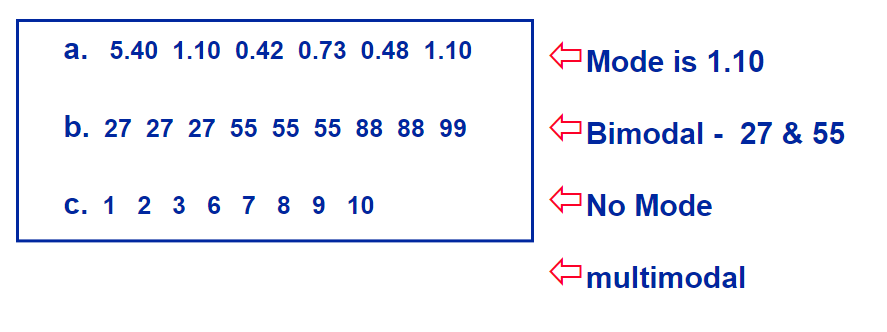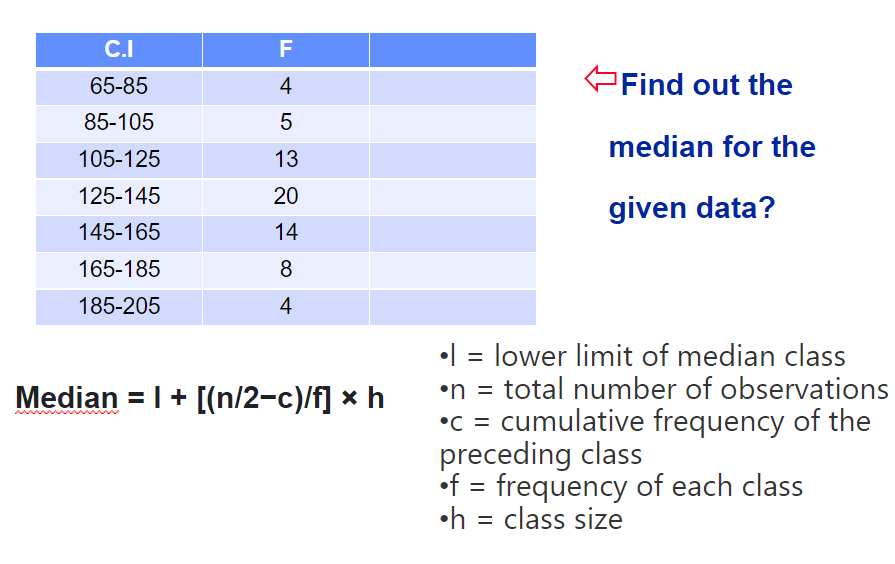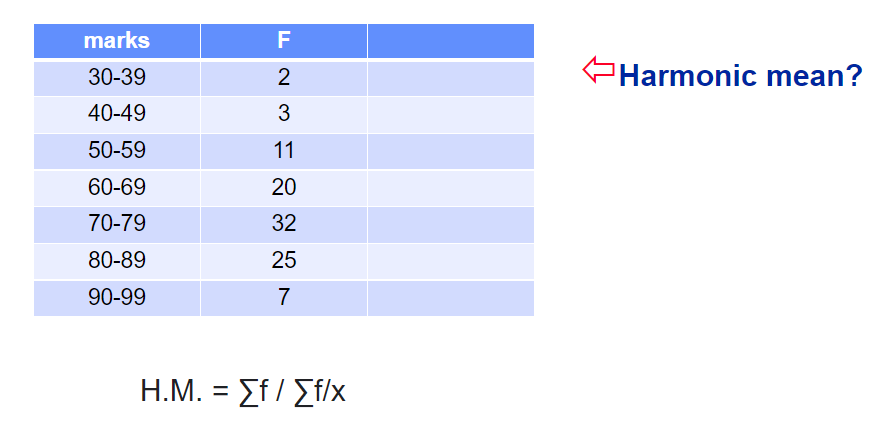Table of Contents
ToggleTypes of data:
Database data (RDBMS):
- Relational → tables
→ set of tables- has rows and columns - rows- tuples columns- attributes
- While mining databases, we can search for trends or data patterns
- Example 1. Analysing customer data to predict the credit risks of customers
- 2. analysing sales data-(any deviations)
2. Datawarehouse data:
- collection of data integrated from different sources with querying and decision making on data In data warehouse, data is stored in multidimensional Structure(datacube )where each dimension is each attribute
3.Transactional Database :
- Each record is called as transaction (Sales,flight booking,usen clicks on web page) has transaction ID, lict of other items making trans
- from transaction db,we can mine frequent patterns
Characteristics of data :
- Dimensionality
- Sparcity
- Resolution
Types of Datasets
➜Record Data
➜Transactional Data
➜Data matrix
➜Graph based Data
➜Sequential Data
➜Time series Data
Data Attributes
1.Nominal –
- Related to name
- The values are symbols or names of things
- Represent category , code or state also called categorial Attribute.
- Ex- Hair Color
2. Ordinal-
- Represent a meaningful order or ranking
- Not quantity
3.Binary-
- Only 2 states or categories are ‘0’ & ‘1’
- Boolean (True or False)
- 1 present/0 absent.
- Types:
Symmetric – Equal importance , equal weightage
for ex-Gender
Assymetric – Unequal importance share
For ex-HIV Test
4.Numeric-
- Quantitative measurable
- Represnted by Integer or real values
- Types-
- a) Interval Scaled– Measurable on equal sized unit have order & can be +ve , 0 , -ve
- Allow us to compare and quantity the difference between values
- for ex-Tempersture
- b) Ratio Scaled- Continuous the measurements on a non-linear scale
- Interval scaled are linear scaled measure
- Addition and subtraction are allowed but multiplication and division not allowed.
Important Characteristics of Data
- Center: A representative or average value that indicates where the middle of the data set is located
- Variation: A measure of the amount that the values vary among themselves
- Distribution: The nature or shape of the distribution of data (such as bell-shaped, uniform, or skewed)
- Outliers: Sample values that lie very far away from the vast majority of other sample values
- Time: Changing characteristics of the data overtime
Measures of Central Tendency
A measure of central tendency is a descriptive statistic that describes the average, or typical value of a set of scores.
There are three common measures of central tendency:
- mean
- median
- mode
Arithmetic Mean
The measure of center obtained by adding the values and dividing the total by the number of values.
The mean is:
- the arithmetic average of all the scores
(X)/N - the number, m, that makes (X – m) equal to 0
- the number, m, that makes (X – m)2 a minimum
The mean of a population is represented by the Greek letter ; the mean of a sample is represented by X.
Calculating the Mean
- Calculate the mean of the following data:
1 5 4 3 2 - Sum the scores (X):
1 + 5 + 4 + 3 + 2 = 15 - Divide the sum (X = 15) by the number of scores (N = 5):
15 / 5 = 3 - Mean = X = 3
Median
The middle value when the original data values are arranged in order of increasing (or decreasing) magnitude.
How To Calculate the Median ?
- Conceptually, it is easy to calculate the median
- There are many minor problems that can occur; it is best to let a computer do it
- Sort the data
- Find the score in the middle
- middle = (N + 1) / 2
- If N, the number of scores, is even the median is the average of the middle two scores


Median Example
- What is the median of the following scores:
10 8 14 15 7 3 3 8 12 10 9 - Sort the scores:
15 14 12 10 10 9 8 8 7 3 3 - Determine the middle score:
middle = (N + 1) / 2 = (11 + 1) / 2 = 6 - Middle score = median = 9
Mode
The value that occurs most frequently
The mode is not always unique. A data set may be:
- Bimodal
- Multimodal
- No Mode
Denoted by M





